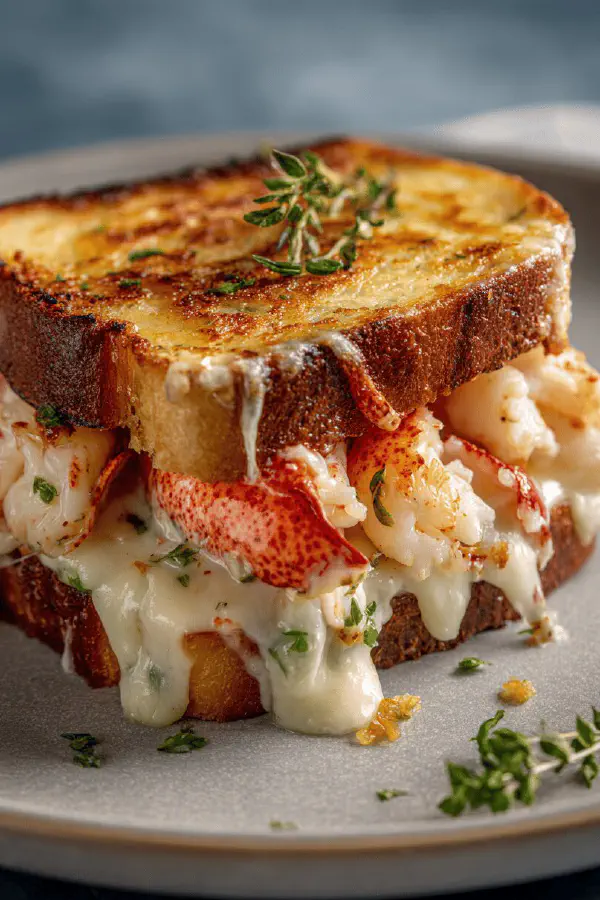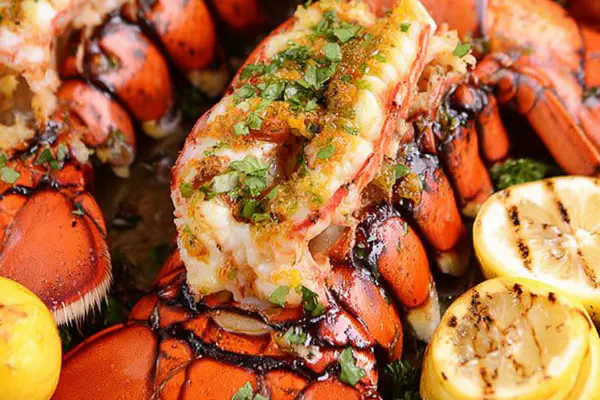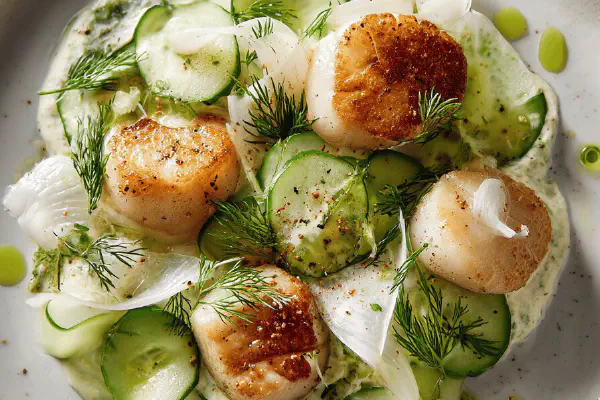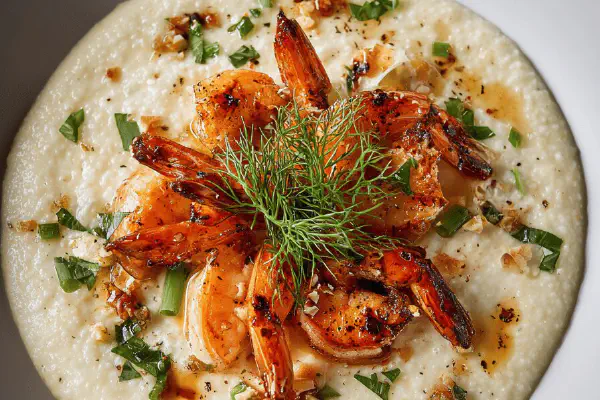Featured Recipe
Lobster Croque-Monsieur Twist

By Kate
"
Crisp toasted bread slathered with a velvety herb béchamel sauce, layered with fresh cooked lobster chunks and creamy aged cheddar. A hint of fresh tarragon amps the béchamel, swapping classic nutmeg for something brighter. Quick broil to golden-brown lava cheese and bubbling béchamel. Ready in under an hour. Ideal for seafood fans craving a classic with bold upgrades and solid kitchen tactics.
"
Prep:
25 min
Cook:
15 min
Total:
40 min
Serves:
4 servings
lobster
French cuisine
seafood
sandwich
comfort food
Introduction
Play with classic croque-monsieur. Less nutmeg. More herbs. Swap mid-range Pied-de-Vent style cheese for aged cheddar that melts but also bites back with sharpness—fights lobster sweetness thoughtfully. Toast bread robustly; it holds up under béchamel and cheese without soggy fails. Lobster bites pack ocean umami that makes croque a seafood heavyweight. High broil blast necessary. Cheese bubbling to brown, béchamel just barely bronzed, not cracked or dried. Timing flexible but watch cues: cheese melting, bubbling, edges crisping. Stop right then. Chives finish with fresh hit. Butter-flour cooking trick avoids clumps. No rush warming milk in pan; temp control crucial. Béchamel thickness key—too thin runs off, too thick chokes the bite.
Ingredients
Herb Béchamel ===
- 25 ml (1 2/3 tbsp) unsalted butter
- 20 ml (1 1/3 tbsp) all-purpose flour
- 240 ml (1 cup) whole milk
- Fresh tarragon 1 tsp finely chopped
- Salt and black pepper to taste
- 4 thick slices rustic country white bread, lightly toasted
- 450 g (1 lb) cooked lobster meat, chopped into bite-size pieces
- 110 g (4 oz) aged white cheddar, sliced thin
- Chopped chives, for finishing
Garnish ===
About the ingredients
Butter and flour ratio tweaked for slightly thinner sauce than traditional béchamel to keep lobster front and center, not drowned. Milk adjusted to whole milk for richer flavor and velvety texture but adjust if using low-fat—might taste thin. Fresh tarragon instead of nutmeg for a lively twist—if unavailable, substitute fresh dill or omit altogether. Cheddar swaps classic Pied-de-Vent for sharper bite; if you prefer milder, use Gruyère or young Comté. Rustic country bread preferred over white square for better texture and chew under béchamel moisture; white square can fall apart. Lobster must be cooked but cool before adding, so you preserve sweet texture and avoid overcooking. Use fresh or thawed lobster; canned lobster is a no-go here, too soft. Fresh chives finish adds sharpness and color without overpowering.
Method
Technique Tips
Melting butter properly key for base flavor and roux consistency; too hot will brown too soon, imparting bitter notes. Whisk flour constantly to cook out raw starch flavor. Incorporate milk gradually; whisk vigorously at all times to prevent lumps—clumps create undesired gritty texture. Bring béchamel to gentle simmer, not full boil—milk proteins can scorch. Watch sauce thickness by spoon test: thick enough to coat back but still pourable. Layer building critical: béchamel first locks bread; seafood next, so it warms without cooking further; cheese last to melt and bind. Broil timing depends on oven strength—watch cheese for visual cues: bubbly, golden with brown spots. Pull early if smell turns strong or edges too browned. Let rest briefly post-oven even if impatience gnaws; sauce firms up slightly, lobster flavors settle. Use parchment under bread for easy cleanup and to promote even toasting on bottoms. Avoid soggy underside by grilling breads in advance.
Chef's Notes
- 💡 Use fresh lobster. Thawed is fine. Canned? No. Too soft. Fresh meat holds shape, adds texture. Cooked beforehand. Don’t overcook while melting. Cheddar must bite back.
- 💡 Always toast bread well. Country style preferred. Holds up under sauce. White square bread risks sogginess. Keep it dry. Parchment helps evenly toast. Watch for color changes—golden.
- 💡 Whisk vigorously when adding milk. Prevent clumps. Too lumpy? Ruins béchamel. Thin sauce? Fix it; thicken or reduce. Too thick? Milk in. Consistency key. Spoon test, coat back.
- 💡 Layering counts. Start with béchamel. Locks bread in place. Lobster next, warms but doesn’t cook. Cheese last; creates binding. Broil close. Watch it closely—bubbling plus golden cheese.
- 💡 Rest briefly after broiling. Cool slightly. Helps flavors settle. Use fresh herbs like chives as a finishing touch. Adds zing without overpowering. Always add right before serving.
Kitchen Wisdom
Can I use frozen lobster?
Yes. Thaw first. Fresh preferred but frozen works. Just avoid canned, too mushy. Watch doneness during baking.
What if my béchamel is too thick?
Simply add milk gradually. Whisk in while heating lightly. Aim for smooth, pourable. Not runny or thick.
How should I store leftovers?
Cool completely. Cover tightly. Fridge for 2-3 days maximum. Reheat gently; either microwave or oven. Watch for drying out.
Can I substitute different cheese?
Sure. Gruyère is milder. Cheddar holds flavors well though. Young Comté is another option. Experiment to find balance you like.



